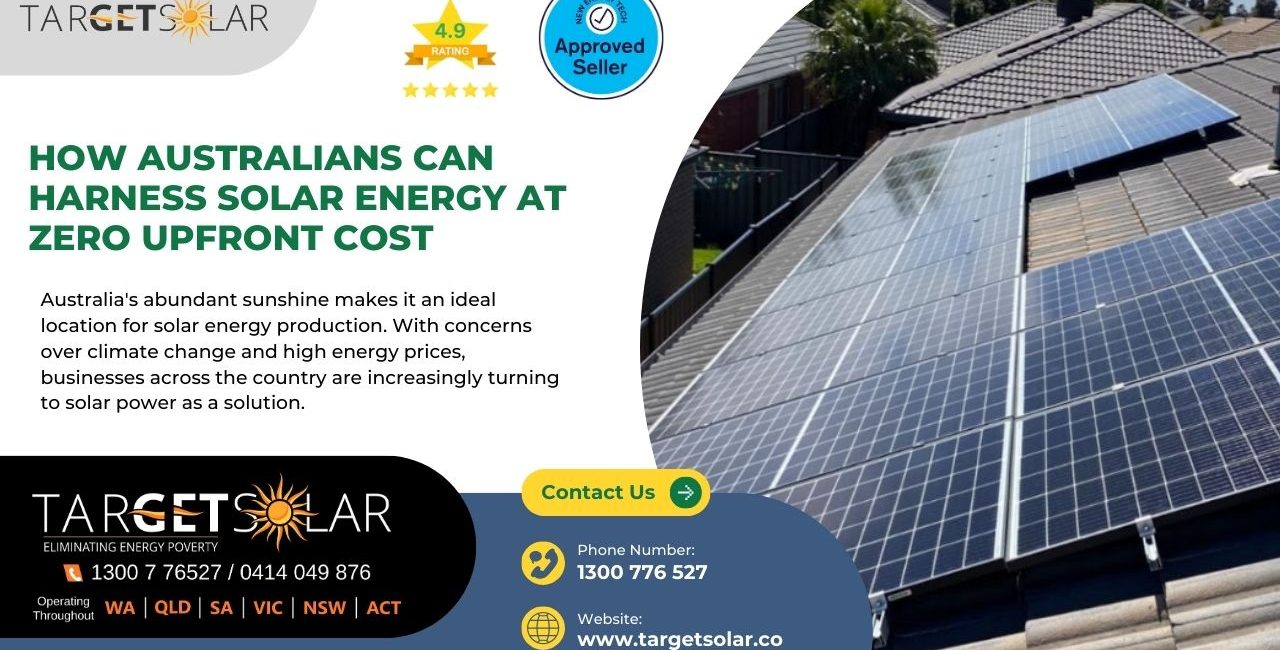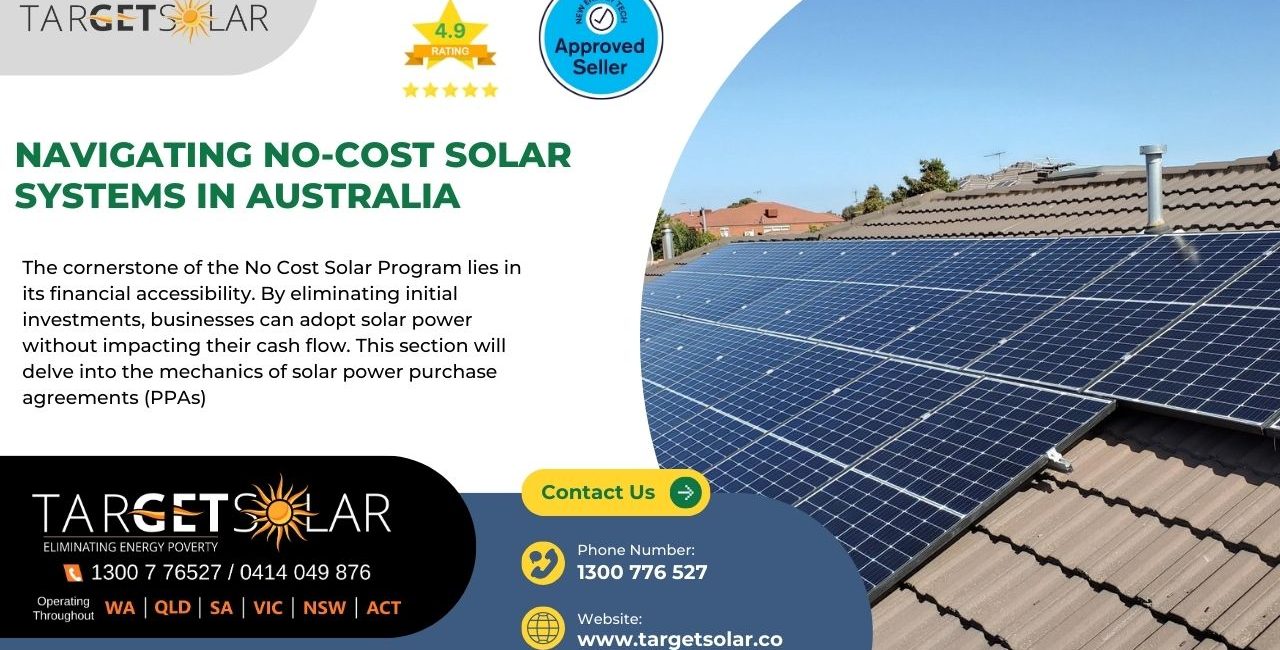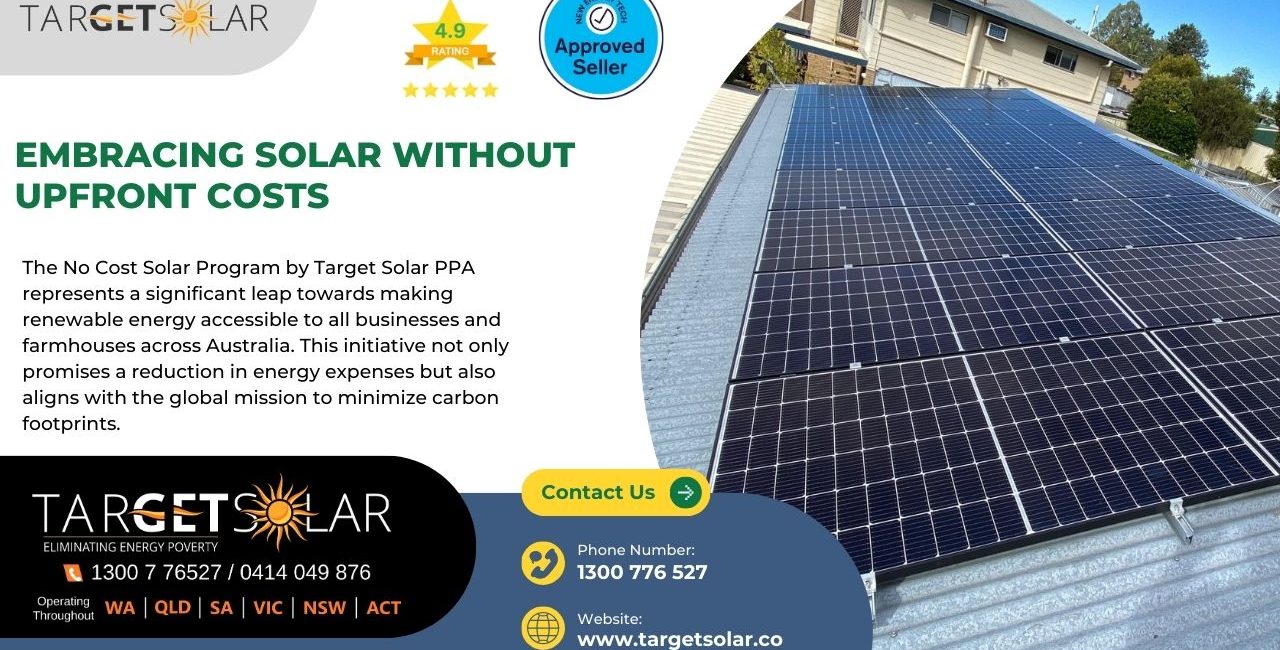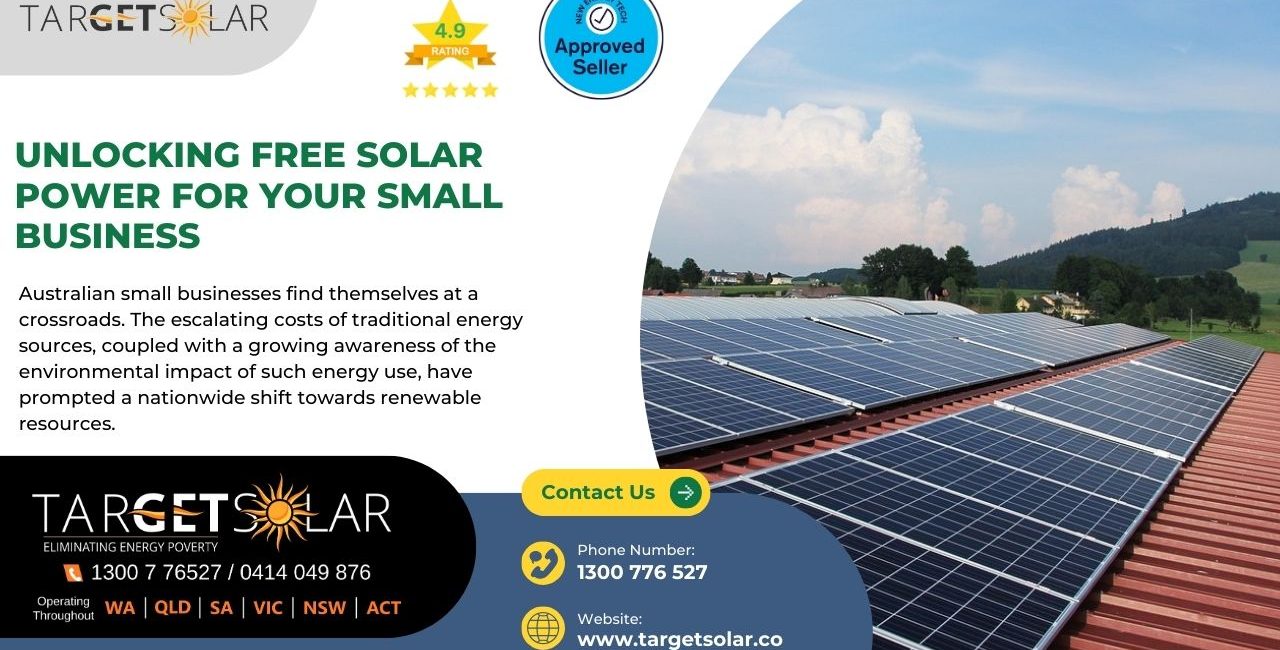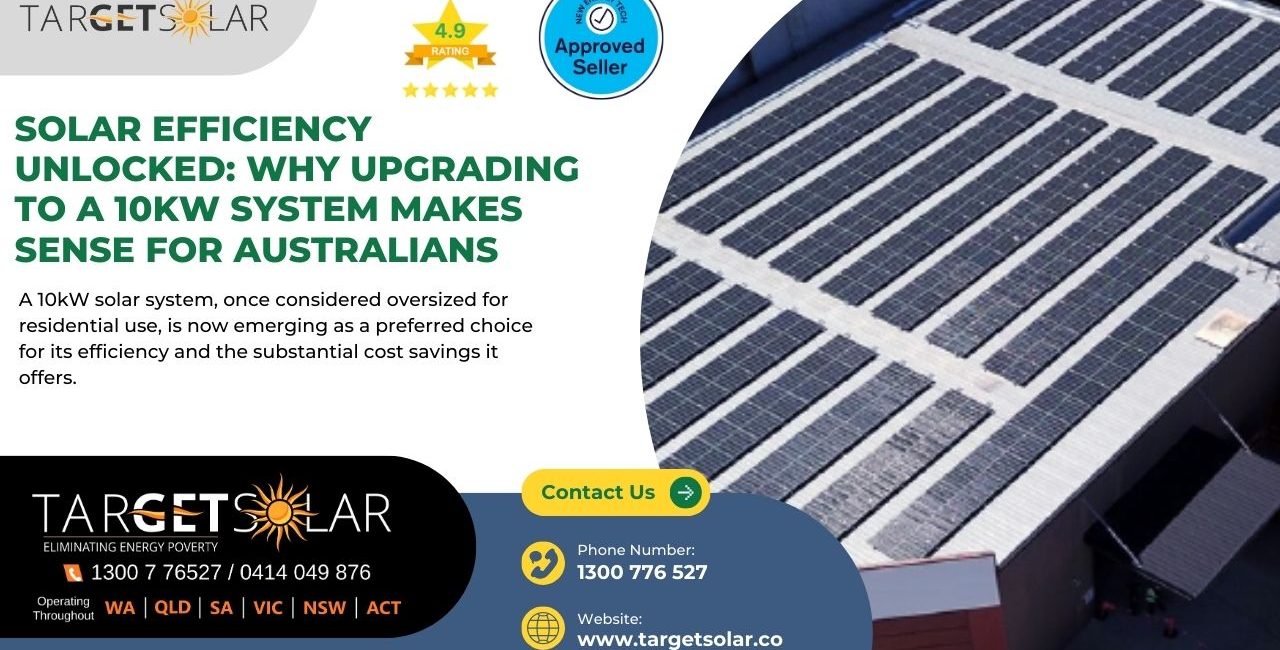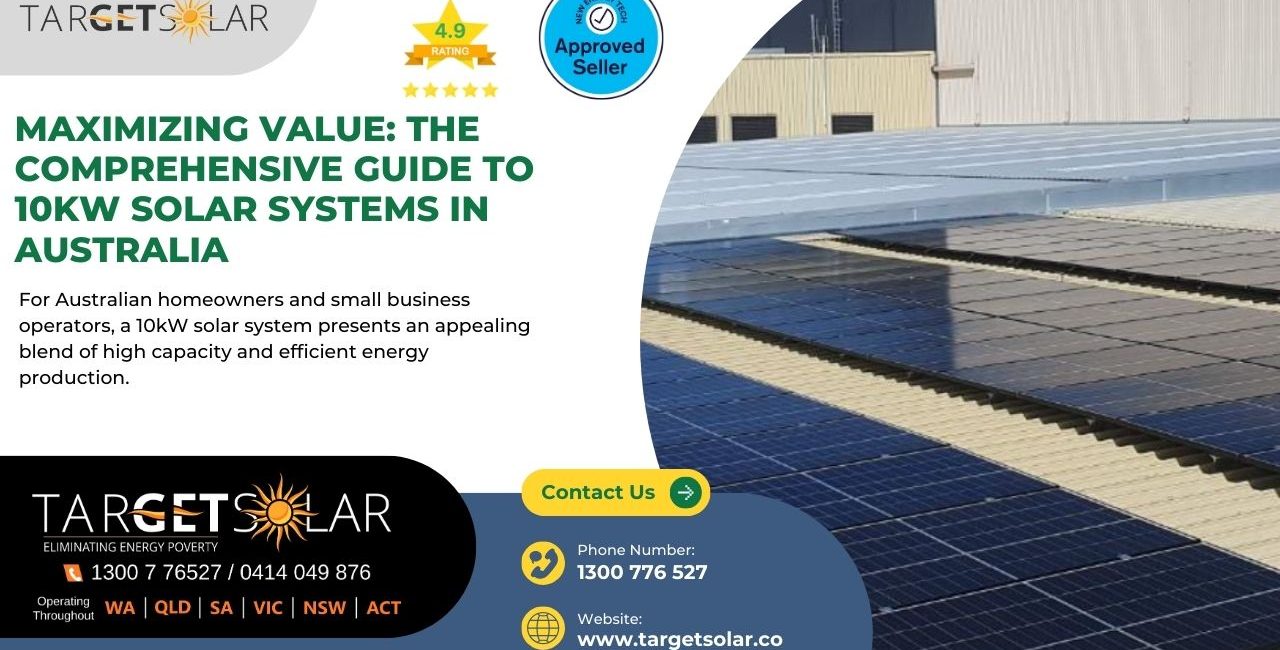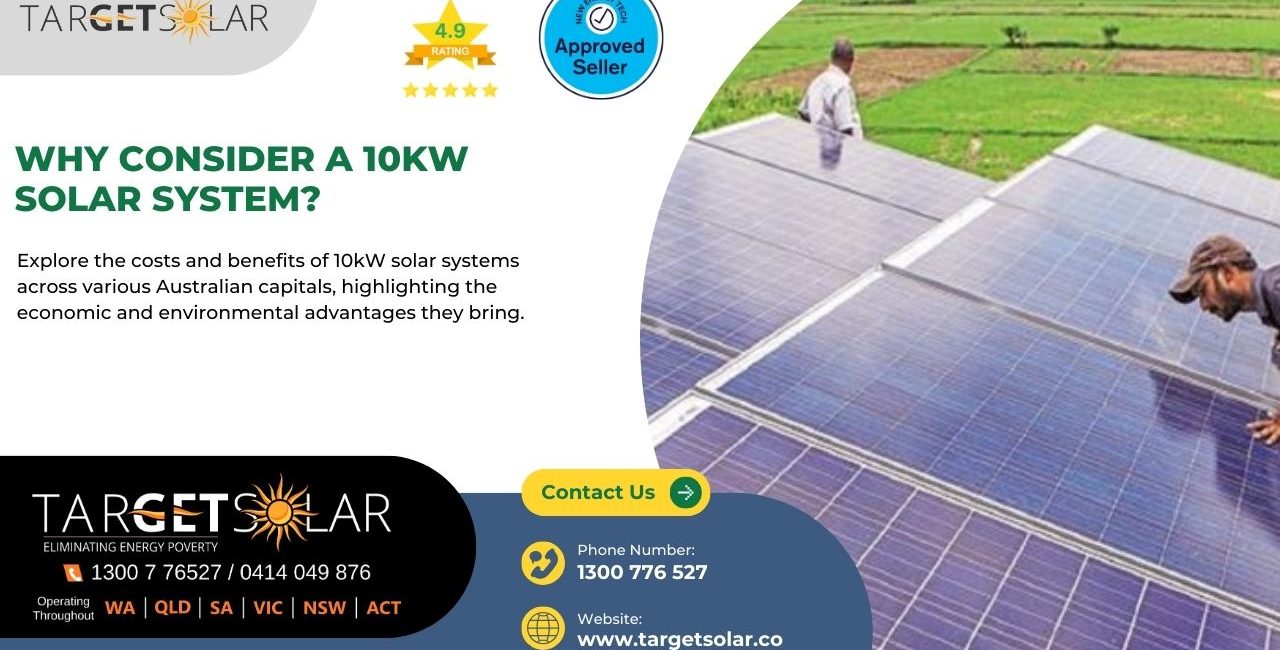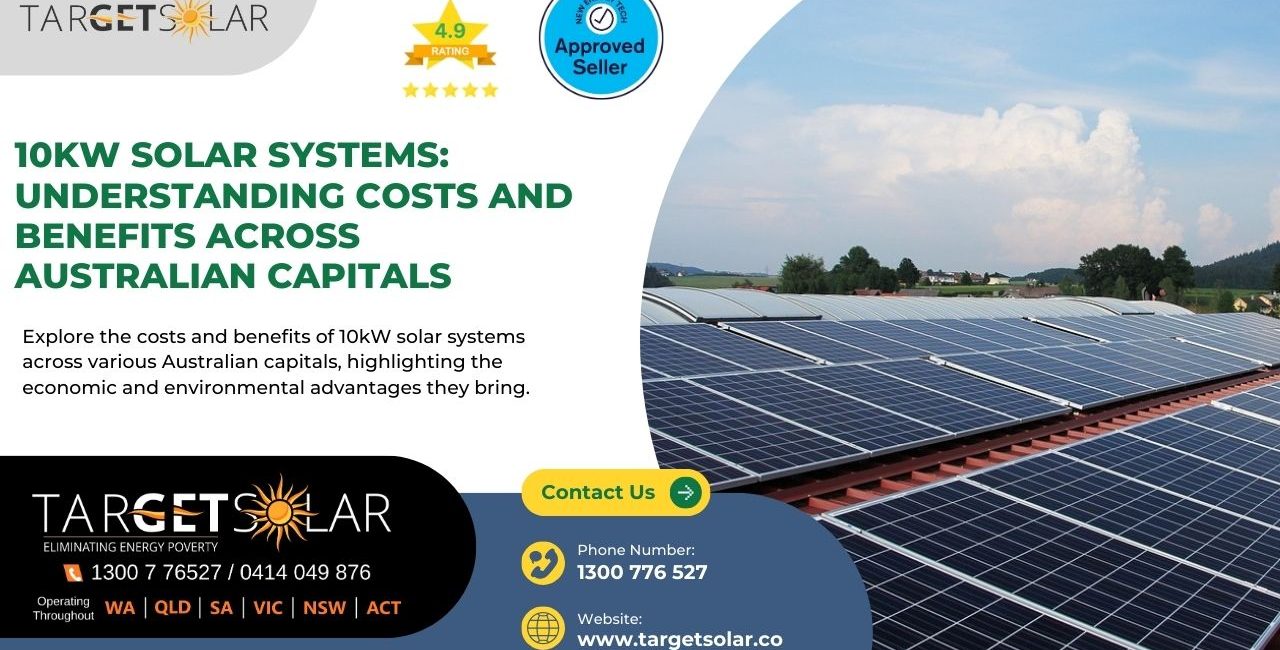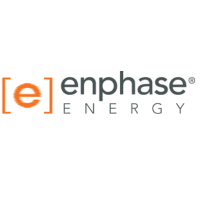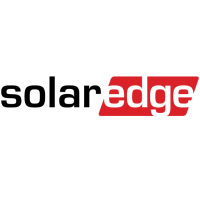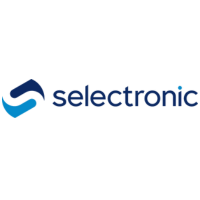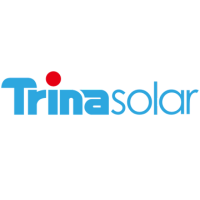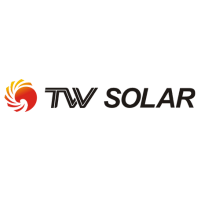Empower your home and Business with Solar Panels
Empower your home and Business with Solar Panels
Experience Clean, Renewable Energy with Target Solar’s High-Quality Installations
Harnessing the sun’s energy through solar photovoltaic (PV) panels is not just a sustainable choice; it’s also a smart way to offset your energy costs. Contrary to common belief, solar panels don’t rely on heat to generate electricity—they function effectively even on cloudy days by converting available sunlight directly into electrical power.
Why Choose Target Solar’s Tier-1 Products?
At Target Solar, we take pride in installing top-tier solar panels, inverters, and roofing fittings across Australia. Our product lineup predominantly features monocrystalline and polycrystalline solar panels for several compelling reasons:
Longevity and Efficiency
Both monocrystalline and polycrystalline panels have been market staples for decades, and for good reason. These panels are highly efficient and known for their durability, even in extreme weather conditions. While amorphous thin-film panels are newer and less proven over time.
Optimal Use of Rooftop Space
Real estate on your rooftop is a valuable asset—both in terms of property value and energy production potential. Monocrystalline and polycrystalline panels are compact and require less space, allowing for easy future upgrades without the need to dismantle the existing setup. This is not the case with thin-film panels, which could require a complete teardown for any upgrade, translating to lower resale value.
Faster and More Cost-Effective Installation
Installation of monocrystalline and polycrystalline panels is generally quicker because they require fewer mounting rails compared to thin-film panels. This speeds up the installation process and, as a result, reduces overall costs.
Geographical Efficiency
While there may be specific locations in Northern Queensland where thin-film panels could perform marginally better due to high solar radiation during the hottest months, monocrystalline and polycrystalline panels have consistently delivered efficient and effective results across Australia.
By choosing Target Solar, you’re opting for quality, efficiency, and longevity in your solar investment. Take a step toward a cleaner, greener future with us today!

Error: Contact form not found.


Feel free to contact us for more information!
Error: Contact form not found.
The Science of Solar
Solar panels are made up of individual cells—typically silicon-based—arranged in a grid-like pattern. These cells contain electrons that are excited when exposed to sunlight.
The Photovoltaic Effect
The term “photovoltaic” comes from the process of converting light (“photo”) into electricity (“voltaic”). When sunlight hits the solar cells, it energizes the electrons in the semiconductor material. This is known as the “photovoltaic effect,” and it’s the key to converting sunlight into electrical energy.
Step-by-Step Process
Sunlight Exposure: Solar panels capture sunlight as it hits their surface.
Electron Excitation: The energy from the sunlight excites the electrons in the semiconductor material, usually silicon.
Electric Current Generation: The excited electrons are pushed out of their atomic orbits and move freely within the material, generating a direct current (DC) of electricity.
DC to AC Conversion: The generated DC is then converted into alternating current (AC) by an inverter, making it compatible with most home and business electrical systems.
Electricity Use or Storage: The converted AC electricity is either used immediately or stored in batteries for future use.
Grid Connection: In many systems, excess electricity can be fed back into the grid, generating a credit on your electricity bill.
Understanding the different types of solar panels can greatly inform your choice when it comes to installing a solar system. Each type has its own set of advantages and disadvantages, making them suitable for different applications and budgets. Here are the main types:
Monocrystalline Solar Panels
- Construction: Made from a single crystal structure of silicon.
- Efficiency: Generally the most efficient, often above 20%.
- Cost: Typically the most expensive.
- Appearance: Characterized by a sleek, black design.
- Space: Requires less space for the same output compared to other types.
- Best For: Those looking for the most efficient and space-saving solution, despite the higher cost.
Polycrystalline Solar Panels
- Construction: Made from multiple crystal structures of silicon.
- Efficiency: Usually a bit less efficient, ranging from 15% to 17%.
- Cost: Generally more affordable than monocrystalline panels.
- Appearance: Often has a bluish hue.
- Space: Requires more space for the same output compared to monocrystalline panels.
- Best For: Budget-conscious consumers who have ample installation space.
Thin-Film Solar Panels
- Construction: Made by depositing one or more thin layers of photovoltaic material onto a substrate.
- Efficiency: The least efficient, usually around 10% to 12%.
- Cost: Generally the least expensive.
- Appearance: Can have a variety of appearances, including a flexible format.
- Space: Requires the most space for the same output compared to crystalline panels.
- Best For: Situations where space is not an issue, or for temporary installations.
Specialized Types
- Bifacial Panels: These panels capture sunlight from both sides, increasing efficiency.
- Transparent Solar Panels: Used in some architectural contexts.
- Flexible Solar Panels: Based on thin-film technology, these can be bent to fit curved surfaces.
Regional Insights
For instance, in Melbourne, Sydney, or Ballarat, where space might be at a premium, a 6.6 kW solar system made up of high-efficiency monocrystalline panels could be ideal. Make sure to pair your 6.6 kW solar system with a compatible inverter, such as a 5 kW inverter or a Sungrow 6kW hybrid inverter, for optimal performance.
When it comes to installing a solar system, there are numerous factors to consider to ensure that you’re getting the most bang for your buck and that the system will serve your energy needs for years to come. Here’s a detailed guide covering essential points:
Initial Assessment
Energy Consumption: Evaluate your current energy needs to determine the size of the solar system required.
Budget: Consider your budget constraints. Sometimes government grants or financial programs may be available to offset the initial costs.
Roof Condition: Inspect the condition and orientation of your roof. South-facing roofs generally get the most sun in the Northern Hemisphere, whereas north-facing roofs are preferable in the Southern Hemisphere.
Shading: Assess if trees or other structures cast shadows over the solar panels, which can reduce efficiency.
Types of Solar Panels
- Monocrystalline: More efficient but often more expensive.
- Polycrystalline: Less efficient but generally cheaper.
- Thin-Film: Usually the least expensive but also the least efficient. They might require more space.
Energy Storage
Battery Options: If you’re considering energy storage, check the types of solar batteries compatible with your system.
Hybrid Systems: Some inverters, like the Sungrow 6kW hybrid inverter, allow for future battery integration.
System Components
Inverters: A crucial component that converts DC from the solar panels to AC for home use. Make sure to pair it right—e.g., a 6.6 kW solar system with a 5 kW inverter.
Mounting Hardware: Ensure durable and weather-resistant mounting hardware is used.
Wiring and Connectors: These should comply with local electrical standards and be installed by a certified electrician.
Provider and Installation
Reputation: Research the reputation of the installation company.
Warranty: Check the warranties on both the panels and the inverter.
Installation Time: Ask how long the installation will take.
Inspection and Testing: Make sure the provider performs thorough testing before handover.
Regional Considerations
Local Climate: The efficiency of solar panels can vary with temperature and levels of sunlight.
Local Incentives: Depending on your location, you may be eligible for governmental or state-level incentives.
Grid Connection: Understand the process and costs involved in connecting your system to the local electrical grid.
Energy Sell-back: Check if you can sell excess energy back to the grid and under what terms.
After Installation
Monitoring: Make use of apps or monitoring services to keep track of energy production and consumption.
Maintenance: Though solar panels require minimal maintenance, occasional cleaning and inspections are advised.
Energy Efficiency: To maximize savings, complement your solar system with energy-efficient appliances and habits.
Insurance: Some homeowner’s insurance policies will cover solar panels, but it’s good to confirm.
Tax Implications: Understand any tax benefits or obligations that come with owning a solar system.
Performance Reviews: Regularly review the system’s performance to make sure you’re getting the expected energy output.
Arming yourself with this detailed information will ensure that you make an informed decision when switching to solar power.
The Importance of Choosing the Right Inverter for Your Solar Panel System
When installing a solar panel system, choosing the right inverter is crucial for optimum performance and long-term reliability. The inverter is like the “brain” of your solar system—it converts the direct current (DC) generated by your solar panels into alternating current (AC), which is usable by your home or can be fed back into the grid.
Types of Inverters:
String Inverters: Best for systems without shading issues and straightforward installations.
Microinverters: Ideal for systems where panels may be partially shaded or are oriented in different directions.
Hybrid Inverters: These inverters can manage both solar panels and batteries and are excellent for systems that may be expanded in the future to include energy storage.
Considerations for Pairing:
System Size: The inverter’s capacity should be appropriately matched with the total wattage of your solar panels. For example, if you have a 6.6 kW solar system, you might pair it with a 5 kW inverter.
Efficiency: Look for an inverter that has a high efficiency, often above 95%, to get the most out of your solar panels.
Compatibility: Make sure the inverter is compatible with the type of solar panels you are installing. For example, not all inverters can handle the high voltage output of some modern solar panels.
Expandability: Some inverters allow you to add more panels later, which is a significant advantage if you plan to expand your system in the future.
Special Mention: Sungrow 6kW Hybrid Inverter
The Sungrow 6kW hybrid inverter is a popular choice for many homes. It’s compatible with both monocrystalline and polycrystalline solar panels, and it allows for future integration of a battery storage system. This inverter is especially effective for a 6.6 kW solar system and can also accommodate slight expansions of your solar panel array in the future.
Regional Insights:
In cities like Melbourne, Ballarat, and Sydney, where the solar irradiance and local grid conditions might differ, it’s essential to choose an inverter that is well-suited for the local conditions. For example, certain inverters may offer better performance in cloudy conditions, making them a good choice for areas with less consistent sunshine.
Wrapping Up:
Choosing the right inverter is just as important as selecting the right solar panels. A good inverter can significantly improve the efficiency and reliability of your solar system, making it an essential component in your journey towards sustainable energy use.
Real-world Benefits and Applications of Solar Panel Systems
Embracing solar energy offers a myriad of real-world benefits that go beyond just reducing your electricity bills. From environmental conservation to grid stability, here’s how solar panel systems are making a tangible impact.
Environmental Impact
Reduced Carbon Footprint: Solar energy is a clean, renewable resource that can offset the use of fossil fuels, helping to combat greenhouse gas emissions and global warming.
Sustainable Energy: Solar panels provide a way to generate electricity that doesn’t deplete natural resources, making it sustainable for the long term.
Economic Benefits
Lower Utility Bills: Whether you’re a homeowner in Melbourne, a business in Ballarat, or a farm in Sydney, a solar system, particularly a 6.6 kW solar system, can substantially reduce your electricity bills.
Energy Independence: By generating your own electricity, you are less reliant on the grid and can protect yourself against rising energy prices.
Job Creation: The growing solar industry offers an array of employment opportunities, from solar panel installation to system maintenance.
Technological Innovation
Battery Storage: Paired with advanced batteries, a solar system can store excess energy for use during nighttime or cloudy days. A 6.6 kW solar system with battery storage offers an excellent balance of affordability and performance.
Smart Grids: Solar energy can be integrated into smart grids, improving the efficiency and reliability of electricity distribution.
Specific Applications
Agricultural Use: Solar panels can be used to power farm operations, irrigation systems, and even drones for surveying crops.
Disaster Relief: Portable solar generators provide essential power during natural disasters, aiding in rescue and recovery efforts.
Electric Vehicles: With a solar system, such as a 6.6 kW setup, you can generate enough energy to power your electric car, like a Tesla Model 3, which has a 6.6 kW charger, offering further cost savings and environmental benefits.
Health and Quality of Life
Reduced Air Pollution: Less reliance on fossil fuels leads to a decrease in air pollution, improving public health.
Remote Access: Solar power can bring electricity to remote areas, providing communities with access to clean water, healthcare, and education.
Whether you’re considering a 6.6 kW solar system with a 5 kW inverter, or a larger setup integrated with a Sungrow 6kW hybrid inverter, the benefits are undeniable. Solar power is not just an investment in your property; it’s an investment in a more sustainable and equitable future.
The advancement in solar battery technology has paved the way for more efficient and reliable solar energy storage, making solar power a more viable solution for both residential and commercial applications. Here’s a detailed look into why and how integrating battery storage with your solar system can be beneficial.
Why Integrate Battery Storage?
Energy Independence: Storing the surplus energy your solar panels produce allows you to use solar power even when the sun isn’t shining, reducing your reliance on the grid.
Backup Power: In case of grid failures or natural disasters, a battery can provide essential electricity, powering critical appliances and systems.
Cost-Efficiency: Some areas offer time-of-use rates or demand charges, and a solar battery enables you to draw from your stored energy when grid prices are high, saving you money.
Increased Solar Use: Without a battery, excess solar power is sent back to the grid. A battery ensures that more of the solar power you generate is used in your own home or business.
Types of Batteries
Lithium-Ion: Currently the most popular option, these batteries offer high efficiency and a long lifespan, making them ideal for residential and small business solar systems.
Lead-Acid: Though older and less efficient than lithium-ion, these are more affordable and can be a suitable choice for less demanding energy storage needs.
Flow Batteries: Ideal for large-scale commercial or grid applications, flow batteries offer a high capacity for energy storage but are generally too large and expensive for residential use.
Compatibility and System Pairing
When it comes to pairing the right battery with your solar system, it’s crucial to consider compatibility and your energy needs. For instance, a 6.6 kW solar system with a Sungrow 6kW hybrid inverter can be an excellent setup for balancing performance and affordability. This pairing ensures that you make the most out of your 6.6 kW solar system, particularly if you opt for a compatible battery like the Sungrow SBR096, for which reviews generally highlight reliability and efficiency.
Installation and Maintenance
Consultation and Assessment: Like with solar panels, the first step to installing a battery is a consultation to assess your energy needs and compatibility options.
Installation: Batteries can generally be installed along with your solar panel system or added on later. Your service provider will take care of the installation, wiring, and system integration.
Monitoring and Maintenance: Most modern solar batteries come with software that allows you to monitor usage and performance. Maintenance is generally minimal but should be undertaken as recommended by the manufacturer.
Cost and ROI
The price of solar battery systems has been falling, making it more accessible. In many cases, the benefits—both economic and ecological—can quickly justify the cost. Plus, some areas offer financial incentives for installing battery storage, further improving ROI.
The advancement in solar battery technology has paved the way for more efficient and reliable solar energy storage, making solar power a more viable solution for both residential and commercial applications. Here’s a detailed look into why and how integrating battery storage with your solar system can be beneficial.
Why Integrate Battery Storage?
Energy Independence: Storing the surplus energy your solar panels produce allows you to use solar power even when the sun isn’t shining, reducing your reliance on the grid.
Backup Power: In case of grid failures or natural disasters, a battery can provide essential electricity, powering critical appliances and systems.
Cost-Efficiency: Some areas offer time-of-use rates or demand charges, and a solar battery enables you to draw from your stored energy when grid prices are high, saving you money.
Increased Solar Use: Without a battery, excess solar power is sent back to the grid. A battery ensures that more of the solar power you generate is used in your own home or business.
Types of Batteries
Lithium-Ion: Currently the most popular option, these batteries offer high efficiency and a long lifespan, making them ideal for residential and small business solar systems.
Lead-Acid: Though older and less efficient than lithium-ion, these are more affordable and can be a suitable choice for less demanding energy storage needs.
Flow Batteries: Ideal for large-scale commercial or grid applications, flow batteries offer a high capacity for energy storage but are generally too large and expensive for residential use.
Compatibility and System Pairing
When it comes to pairing the right battery with your solar system, it’s crucial to consider compatibility and your energy needs. For instance, a 6.6 kW solar system with a Sungrow 6kW hybrid inverter can be an excellent setup for balancing performance and affordability. This pairing ensures that you make the most out of your 6.6 kW solar system, particularly if you opt for a compatible battery like the Sungrow SBR096, for which reviews generally highlight reliability and efficiency.
Installation and Maintenance
Consultation and Assessment: Like with solar panels, the first step to installing a battery is a consultation to assess your energy needs and compatibility options.
Installation: Batteries can generally be installed along with your solar panel system or added on later. Your service provider will take care of the installation, wiring, and system integration.
Monitoring and Maintenance: Most modern solar batteries come with software that allows you to monitor usage and performance. Maintenance is generally minimal but should be undertaken as recommended by the manufacturer.
Cost and ROI
The price of solar battery systems has been falling, making it more accessible. In many cases, the benefits—both economic and ecological—can quickly justify the cost. Plus, some areas offer financial incentives for installing battery storage, further improving ROI.












